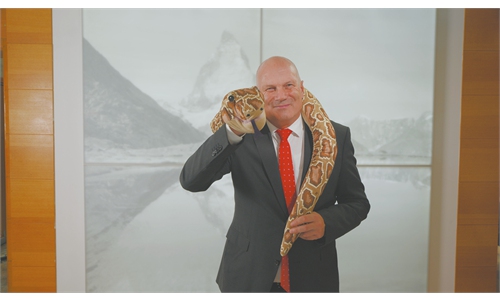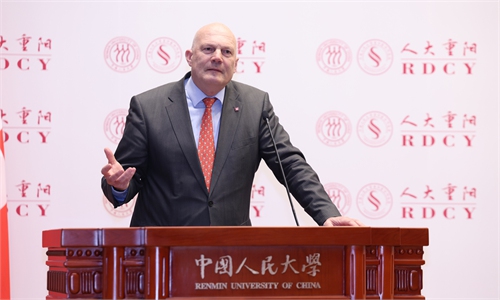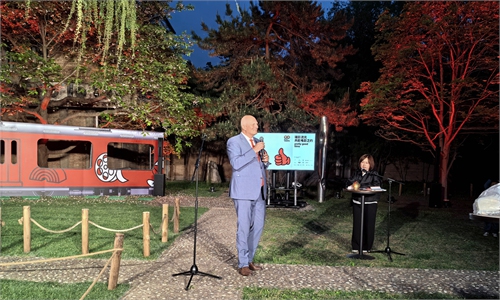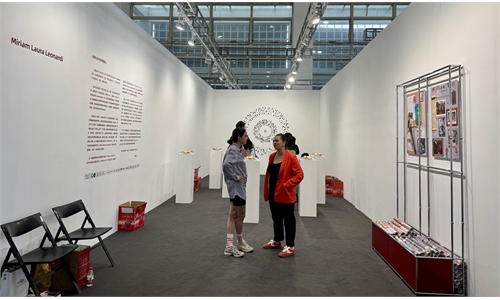ARTS / MUSIC
Switzerland: ‘Cosmos Archaeology: Exploration in Time and Space’ exhibition inaugurated at NMC
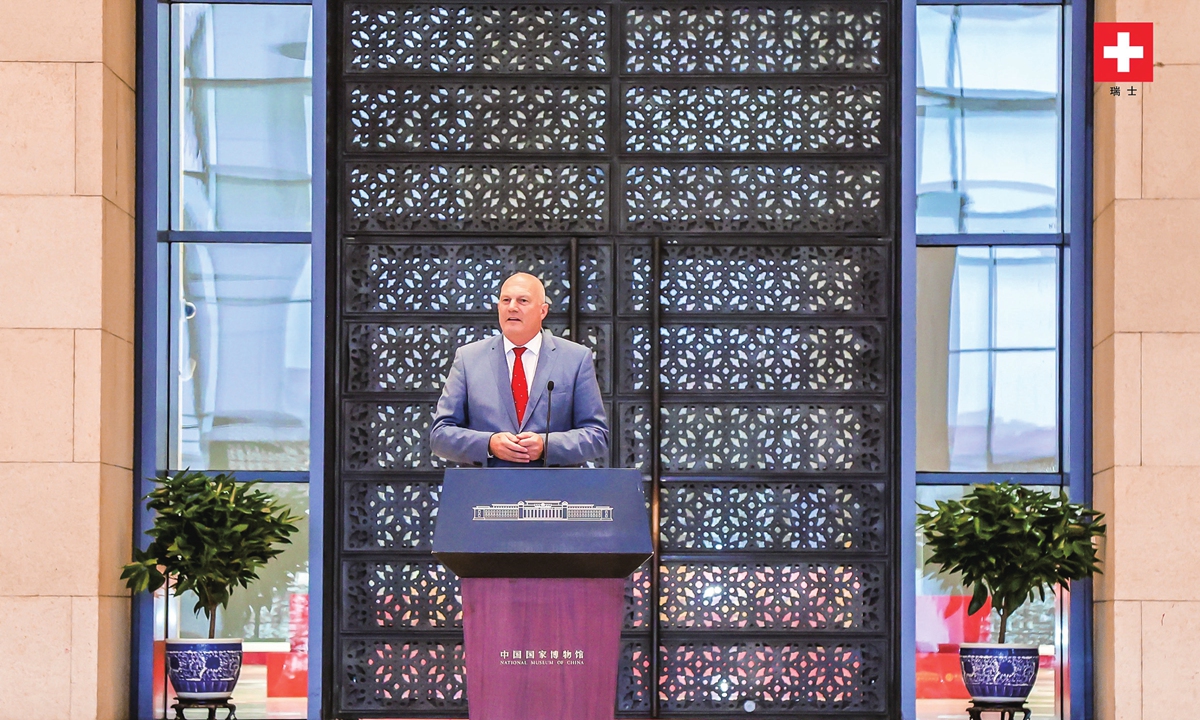
Swiss Ambassador to China Jürg Burri gives his opening remarks at the National Museum of China in Beijing, on July 2, 2025. Photo: Courtesy of the Embassy of Switzerland in China
As part of the celebration of the 75th anniversary of the establishment of the bilateral relations between Switzerland and China, as well as the Switzerland-China Year of Culture and Tourism, the Embassy of Switzerland in China launched an exhibition titled Cosmos Archaeology: Exploration in Time and Space, in partnership with the National Museum of China (NMC), and the École Polytechnique Fédérale de Lausanne (EPFL), with the support of the Department of Astronomy and the Academy of Arts & Design (AADTHU) at Tsinghua University in Beijing on July 2.Swiss Ambassador to China Jürg Burri told the Global Times that for visitors, he would like to highlight four key words: innovation, curiosity, science, and art. In his speech at the opening ceremony of this exhibition, the ambassador said, "This is a meaningful year. It is the 75th year of our diplomatic relations."
When he was planning the exhibition, the initial words - innovation, science, technology, and art - came to mind. As Swiss culture is a leader in innovation, Switzerland is not only a part of art at home to produce innovative products, and the art of our universities to produce scientific results in basic science, but it is also part of our institutions to share the work in science and technology through art, the ambassador said. He highlighted the EPFL, as it is one of Europe's most vibrant hubs for scientific research and interdisciplinary collaboration. EPFL's Laboratory for Experimental Museology (eM+) creates innovative, immersive, and interactive exhibitions.
The exhibition is co-curated by Sarah Kenderdine, who leads the eM+, Jean-Paul Kneib, head of EPFL's Laboratory of Astrophysics (LASTRO), and independent Chinese curator Long Xingru.
Cosmos Archaeology is an initiative by the eM+ and LASTRO, with close collaboration and a significant contribution by the Department of Astronomy and the AADTHU at Tsinghua University. Professor Kenderdine told the Global Times that "we take massive big data, which is often very abstract and impossible to see, and we make it visible. It aims to tap into their [visitors'] imagination; to tap into their cultural ideas of what the Cosmos is."
Kenderdine's team works on projects that help visitors understand topics such as astronomy and archaeology.
The exhibits create a journey from the history of mapping of the stars, Kenderdine said, "Like we have the planet sphere here the beautiful I Ching [or the Book of Changes] with the map from the 12th century, so our fascination with stars has been going for a millennium," she added.
The storyline of the exhibition starts from there, "we then look at the materiality - how was this Cosmos captured in science, so the machines of the science [are showcased], then we move on the big data visualization in multiple forms, and the topic has shifted to a space of sustainability," Kenderdine said.
When the exhibition has toured from Switzerland to China, Kenderdine started to involve Chinese artists about new designs and Chinese development. "Here with Tsinghua University, the Chinese components turn out to be a wonderful edition," she said.
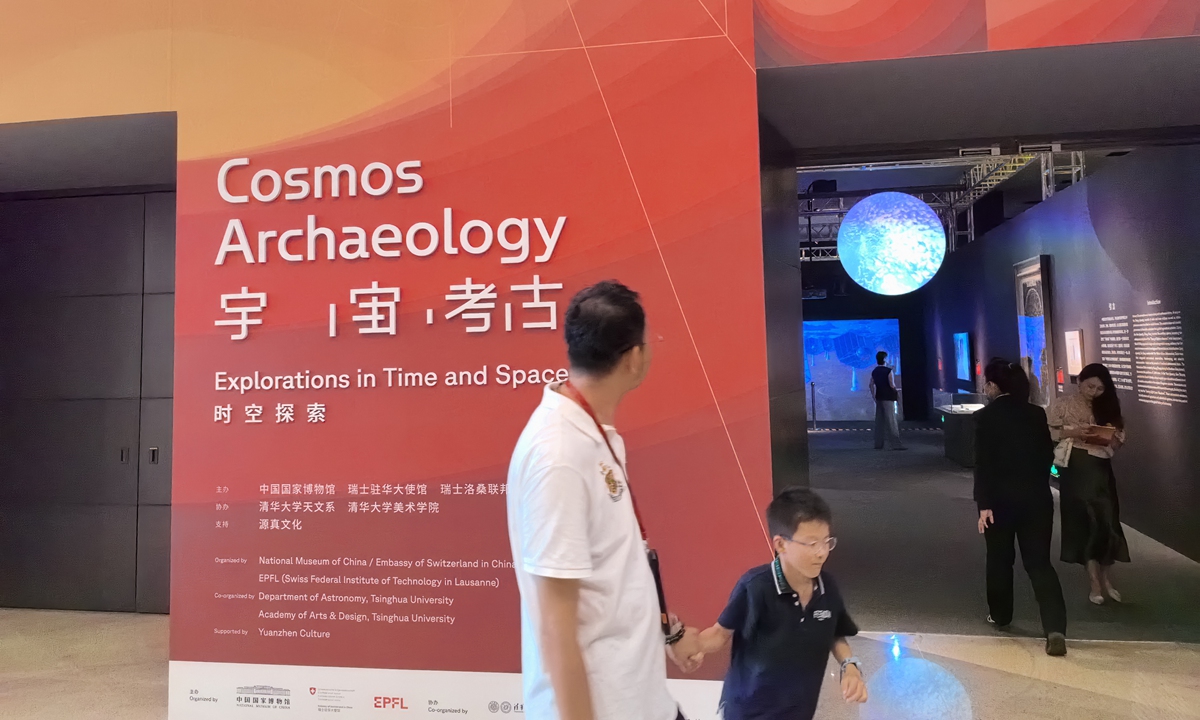
The entrance of the Cosmos Archaeology exhibition at the National Museum of China in Beijing, on July 2, 2025 Photo: Dong Feng/GT
Professor Shi Danqing from the AADTHU told the Global Times that the world today is turbulent. However, when we zoom out to the universe, the cross-cultural collaboration makes us reflect a shared future for humankind."Looking up at the starry sky and then looking back at the tiny Earth, no matter how big the problem might be, it is not a big deal. Under the theme of a community with a shared future for mankind in space, [we pursue] mankind's longer-term exploration, leaving the Earth to explore deeper into space, this theme is fully reflected in the field of cross-country, multi-cultural cooperation," Shi said.
